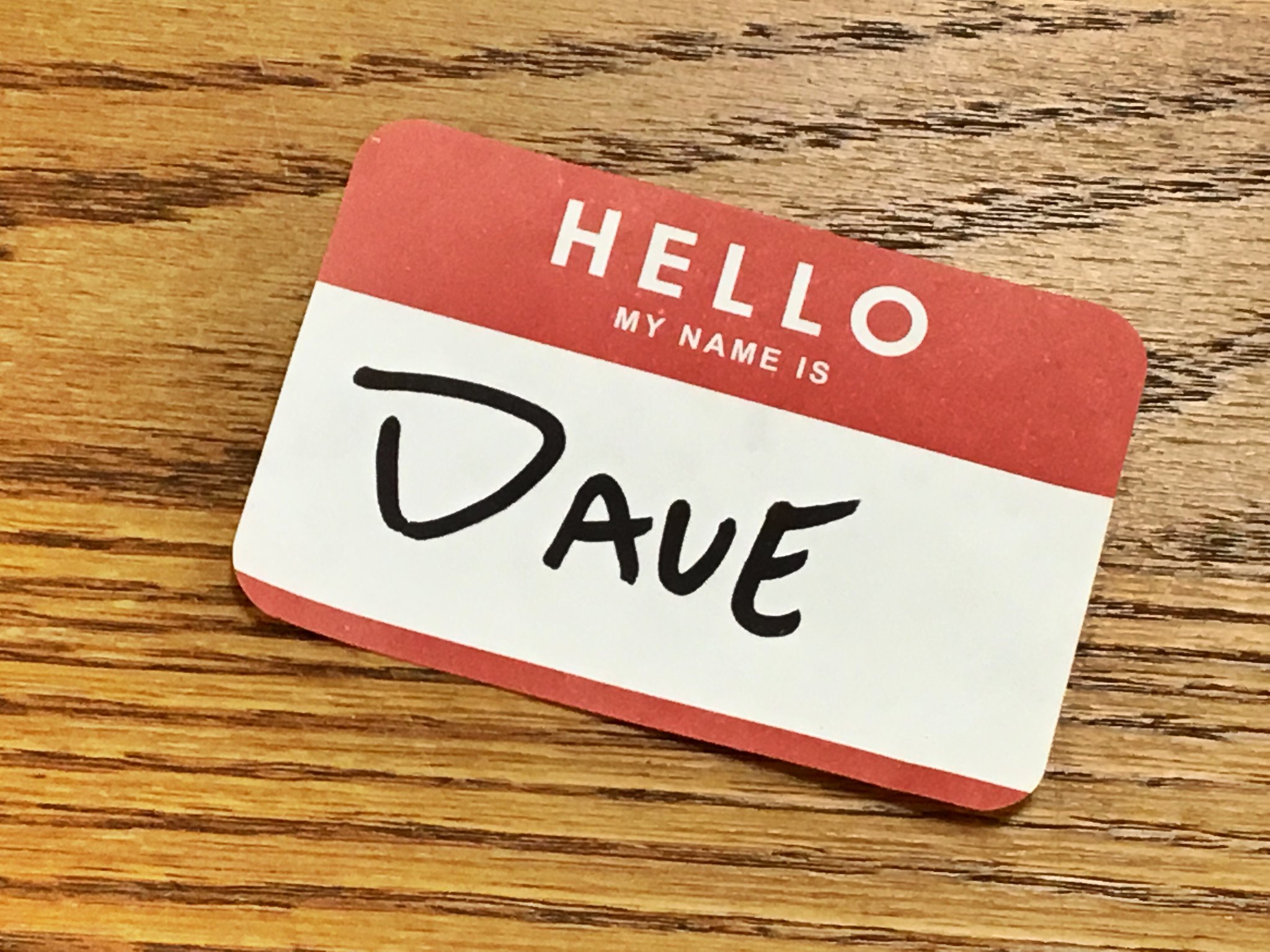This post was written by Hannah Morris, Director of Assessment & Advancement at The Latimer Group.
Names identify us and names connect us.
When we use someone’s name, we acknowledge them, include them and show them respect.
Using names is a powerful communication technique and an important element in building connection. This is not new information, but it is often forgotten… just like names.
Some of us find it easy to recall names and use them in conversation, while others struggle to remember or are too afraid to make a mistake. Whether or not this comes easily, we all should make the effort to do more of it.
Here are a few illustrations of situations when using names enhances communication:
With niceties. When we are using manners to greet or thank someone or to tell them what a pleasure it was to see them, the simple inclusion of their name makes the exchange more personable. Eye contact is another key factor in making these statements feel real and genuine.
“Thanks so much, Mr. Cruz, I truly appreciate your help.”
“Good morning, Jordan. It’s very nice to see you today.”
In conflict. When we are managing disagreement or disappointment, we must also be thinking about reinforcing commonality and connection. This is key to persuasion. If we need to break bad news or contradict a statement, using our colleague’s name (along with the right tone of voice and body language, of course) shows that we recognize them and hear them, and in turn acknowledge their perspective.
“I have to disagree with you, Chris, because my experience has been very different than what you describe.”
For inclusion. We have all worked with someone who is effective behind the scenes but has a harder time putting themselves out there in more public settings, such as meetings. For whatever reason – introversion or lack of confidence perhaps – this person does not contribute regularly to the larger conversation. Acknowledging this person and their contribution to an effort can build a collaborative and supportive tone and encourage them to feel more included at the table or on the call.
“I fully agree with this direction and know that Rebecca has put a great deal of effort into ensuring its success.”
Virtually. We can all agree that virtual communication has its challenges. Conference calls can feel impersonal and creating engagement and interaction takes effort. When you are leading the call, consider making better use of names. Draw people out gently by making reference to them without asking for a response. Hearing names makes everyone perk up, wondering whose may be next.
“I know that this has been an important initiative for your team, Rami, and we are excited to speak with you about how it has impacted our department.”
If you would like to ask a question of one or two individuals, state their names first, then your question, to give them a heads-up before calling them out.
“Peter and Kwan, I would love to hear your thoughts on this. What types of challenges do you foresee in this scenario?”
If remembering names is difficult for you and you are afraid of making a mistake, there are a number of simple ways you can help yourself out. Make a list on paper of who will be at the meeting or on the call, or keep an eye on the attendance list on the screen. Put names into groups, as we remember information better when it is associated and connected to other items we’ve already stored. Create a memory trick (e.g. Dawn, from Denver) to help you remember someone’s name.
Learn how to spell names and pronounce them correctly. Write them down phonetically if it helps. Don’t be afraid to ask – even a few times – if you need clarification or confirmation.
And finally, if you do make a mistake and use the wrong name or draw a blank, simply apologize (sincerely) and move forward. Mistakes happen and it is better to demonstrate transparency, accountability and humility than ignore the slight.
Any behavior that we practice enough will become a habit; and this habit can have a very positive impact on your communication and your presence.
—
Does your team:
– Overwhelm the audience with too much detail?
– Make things too complicated?
– Fail to ask for what they want or need?
Does your organization:
– Waste time because of poor internal communication?
– Take too long to make decisions?
– Struggle to clarify and frame discussions?
Do your leaders:
– Exhibit poor executive presence?
– Lean on incomplete communication skills?
– Fail to align the organization?
We transform teams and individuals with repeatable toolsets for persuasive communication. Explore training, coaching, and consulting services from The Latimer Group.
Photo used under the following license.
Looking for more from The Latimer Group?







Comments